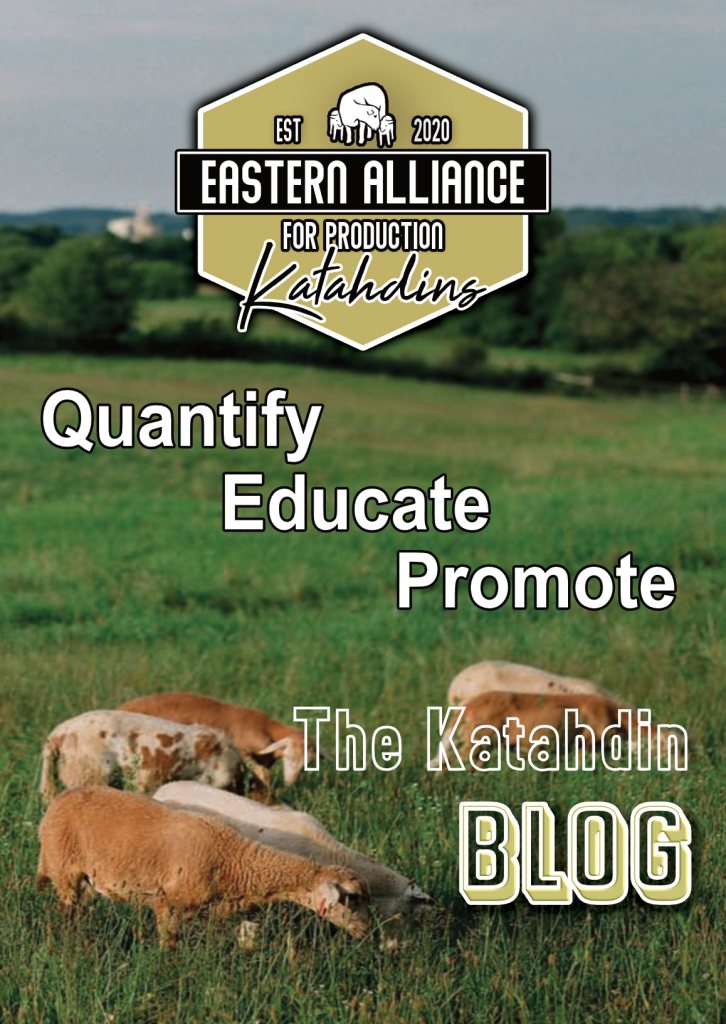NSIP Data Entry – Dead At Birth (DAB)
Not all lambs make it all the way from conception to birth. On occasion we see a litter where some are full term healthy lambs, but there is also a mummy or a partially formed lamb. Deciding how to enter data in these cases can be confusing. But here are


